Signs of Oestrus in ruminants
Signs of Oestrus in ruminants
Heat or oestrus is the period when the female will accept the male and mate. There are signs which mark oestrus in all ruminants. Recognising when the female is on heat means you will know when to put her with the male or use artificial insemination.
What is Heat?
- The female reproductive system consists of two ovaries and a womb.
- Every so often the ovaries produce very small eggs (ova).
- The time when this happens is called heat or oestrus.
- Cattle and buffalo regularly come into heat all year round.
- Most sheep and goats come into heat at a particular time of the year (breeding season).
Knowing when an animal is in Heat
- If you know when an animal is in heat you can introduce her to a chosen male for mating or you can arrange for her to be artificially inseminated if the service is available.
- You will also be able to identify animals which do not go in heat.
- The best time to look for signs that the female is in heat is early morning or in the evening.
- Take care not to disturb the animals but just watch the animals for the signs.
Signs of Heat
- Ruminants can be kept on pasture or they may be stabled or tied up for most of the time.
- It is therefore necessary to consider this when looking for signs of heat:
Signs Of Heat In Free Animals (At Pasture):
- Most females in heat will allow other animals to mount them.
- Cows in heat will mount one another, from the rear or from the front. However, the cow on top may not be on heat.
- The vulva becomes swollen and the area around the tail becomes wet and dirty.
- If cows sniff each other’s' vulva and urine they may both come into heat.
- Cows can be coming into heat if they stand resting the chin on the back of another or are seen to lick or gently butt each other.
- Restlessness and calling loudly can also mean the female is coming into heat. Goats in particular become very noisy.
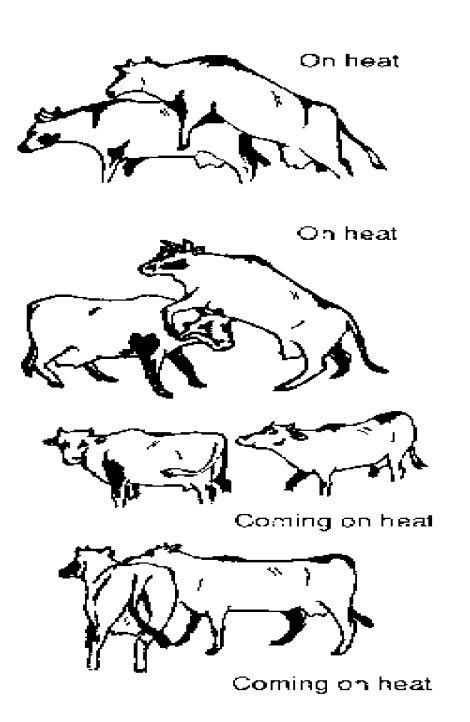
Signs of heats in free animals (at pasture)
Signs Of Heat in the stabled or tied animal:
- Swollen vulva.
- The animal is active, there is a loss of appetite and she calls loudly.
- In milking animals the amount of milk produced suddenly drops.
- A jelly-like mucous can be found on the floor with the dung.
When do animals come into Heat for the first time?
- Animals come into heat when they reach puberty. This occurs at different ages in the different ruminants:
- Well-fed cows and buffalo come into first heat at 10 - 20 months of age.
- Sheep and goats come into first heat between 6 - 12 months of age.
How long does Heat last?
- The duration of heat is very short.
- In cows and buffalo, it lasts for less than a day.
- In goat’s heat lasts for 1 - 3 days.
- In sheep heat lasts for 1 - 2 days.
A healthy animal which was not mounted by a male or given artificial insemination will come back into heat. Cattle and buffalo cows will come into heat after 3 weeks (give or take a day or two), and female goats and sheep will come back into heat after 17 days (give or take a day or two).
Reasons for female not showing signs of Heat
- The female may not show signs of heat because she is too old, or she may have been mated without the owner knowing.
- Sometimes animals come into heat without showing any signs. This is called a "silent heat" and is common in buffalo cows.
- If the feed is not sufficient or there is a lack of protein, salts or water, the animal can fail to come into heat. You will need to improve the female's feed to bring it into heat.
Anoestrus & Suboestrus - clinical signs
- Animals not showing regular signs of heat, repeat breeding and early embryonic mortality.
- At times heat signs, not visible properly.
- Reason - Nutritional deficiencies, management disorders, hormonal deficiency and uterine disorders.
Indigenous Treatments For Anoestrus
- Anainerunji (Pedalium murex) 500gm is washed in 1000 ml of fermented rice water which will give an oily exudate. This is to be given orally for three days before the onset of estrous cycle. The animal may be inseminated when clear vaginal discharge is noticed.
- Rhizomes of “Ashwagandha” (Withania somnifera) 150gm, gingelly seeds 150 gm are to be pounded well and mixed with poultry eggs (2 numbers) and 2 fruits of bananas(preferably 'Poovam' variety of bananas) to make a semisolid preparation and give it for 7 days. If does not come into heat repeat the same treatment at 7 days’ interval (for 1 day only).
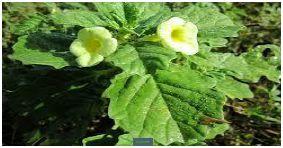
OR
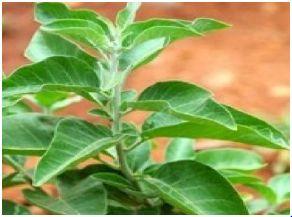
Treatments For Suboestrus
Bengal gram (Cicer arietinum) 250 gm is soaked in water for 12 hours and tied in a cloth for 24 hours for sprouting and to be given the next day morning. This is to be repeated once in two days until the animal comes to heat. Before giving this ‘Sotrukatralai” (Aloe vera) pulp (from three sheaths after removing the spines in the sheaths) is to be given for seven days. Before insemination 100 ml of neem oil has to be administered orally. Then after insemination feed 2 handful of Curry leaves (Murraya koenigii) for 10 days after insemination.
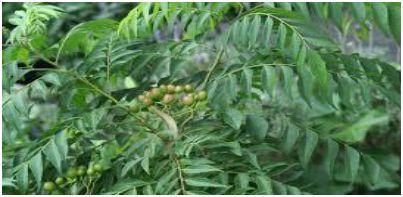
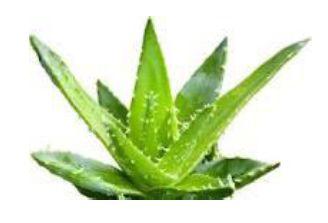
Source : Pashu sakhi Handbook
Last Modified : 6/30/2021
This topic provides information about the Heat (oe...
